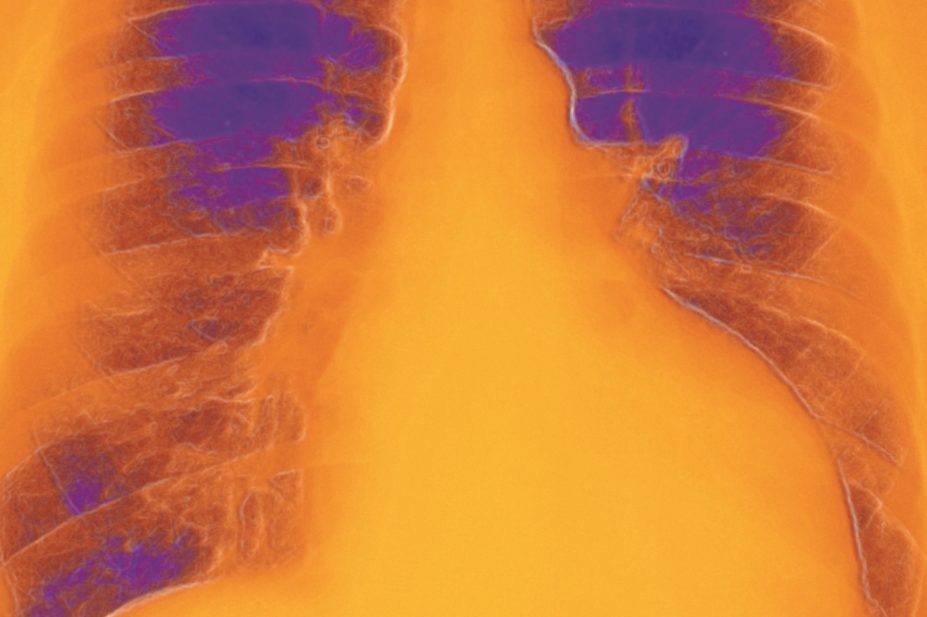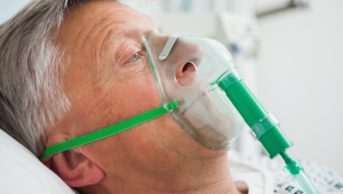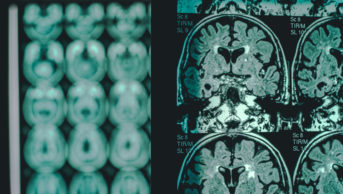
Alfred Pasieka / Science Photo Library
Patients with subarachnoid haemorrhage (SAH) – a type of stroke – are at risk of developing stress-induced cardiomyopathy (SIC), a condition in which the left ventricle of the heart becomes inactive.
Research from the University of Gothenburg, Sweden, has identified two biomarkers that could predict patients most at risk[1]
.
PhD student Jonatan Oras studied 112 patients admitted to intensive care with SAH, of whom 25 developed SIC. Oras found that these patients had higher peak levels of the cardiac damage peptides hsTnT and NTproBNP. One to three days after onset of SIC, levels of these peptides were superior for predicting SIC than both ECG and X-ray.
In animal models of SAH, Oras found that the anaesthetic isoflurane had a cardioprotective effect against the development of SIC. He suggests further research is conducted into isoflurane sedation for patients with SAH.
References
[1] Oras J. Stress-induced cardiomyopathy clinical and experimental studies, PhD thesis, 2015. Sahlgrenska Academy, University of Gothenburg, Sweden.


